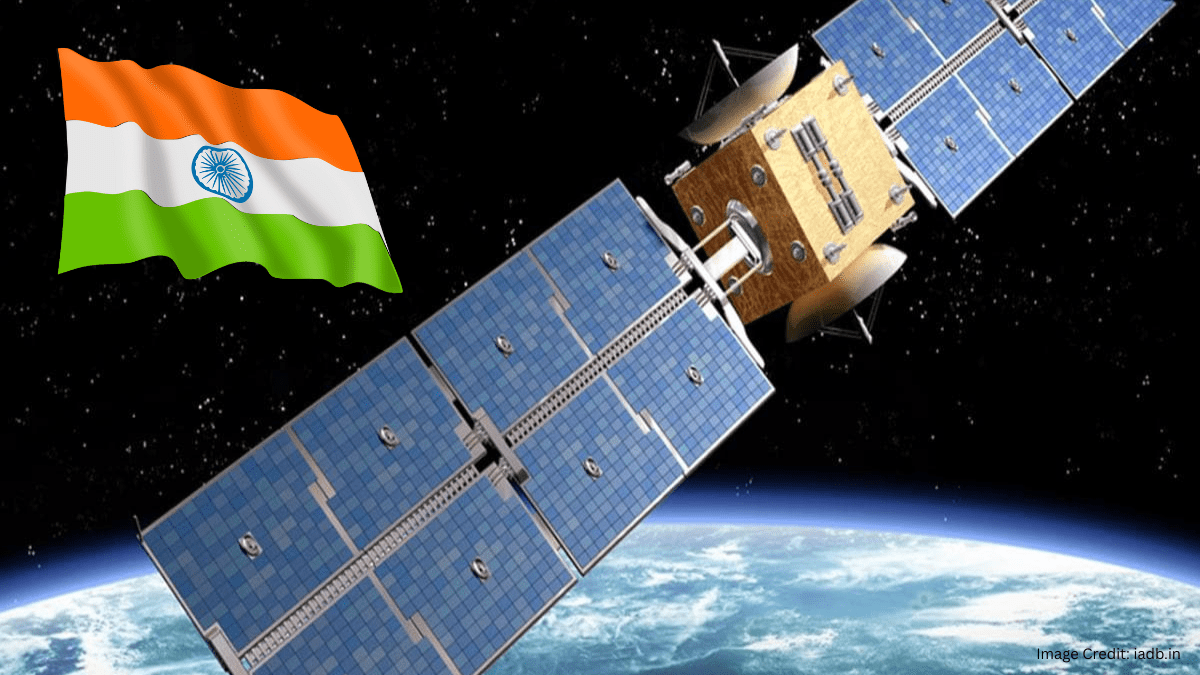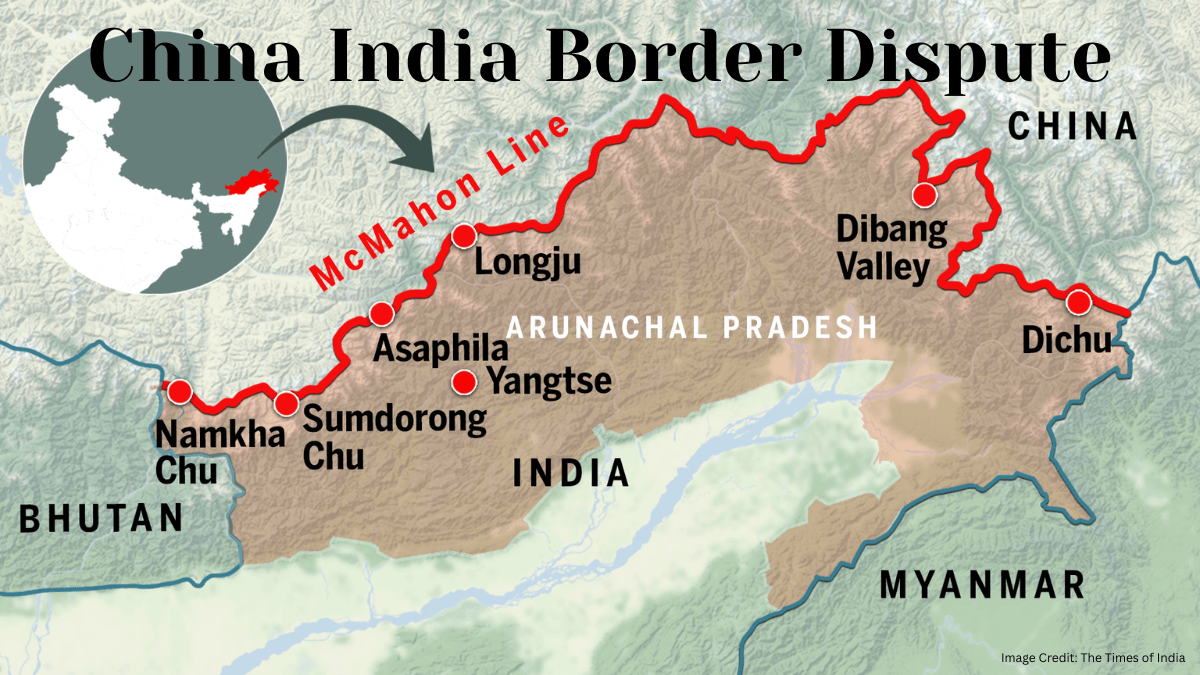Operation Sindoor has become the turning point in India’s military space strategy. The recent conflict with Pakistan made it clear that our defence needs to move beyond borders, into space. India is launching a protective shield in space of 52 vigilant sentinels that never sleep, watching over our soldiers at the border, fishermen at sea, and cities from the skies above. Day or night, storm or silence, they stand guard.
This bold step taken after Operation Sindoor is not just about fighting wars. It’s about staying ahead of them. The aim is clear – detect threats before they reach us. Respond faster. And ensure nothing goes unseen.
Table of Contents
India Approves ₹26,968 Crore ‘Sky Armour’ Plan to Protect Nation from Space Threats
Following Operation Sindoor, the Indian government approved Phase 3 of the Space-Based Surveillance (SBS) program, taking another step toward strengthening national security through advanced space technology.
This move reflects India’s commitment to safeguarding its interests and keeping pace with global advancements in surveillance and defence. This massive ₹26,968 crore mission will deploy 52 satellites before the end of 2029. The move shows a strong will to make India’s defence stronger from above.
In a landmark move for India’s space and defence ambitions, ISRO will build and launch 21 of the 52 planned satellites, while the remaining 31 will be developed by leading private Indian companies. This marks a historic shift, as the nation’s defence space mission now embraces strong collaboration with the private sector, a testament to India’s growing trust in its homegrown innovators and a shared vision for a secure, self-reliant future.
These satellites will function across both low Earth orbit (LEO) and geostationary orbit (GEO) also.
Operation Sindoor: The Wake-Up Call
Between May 7 and 10, Operation Sindoor saw India responding to hostile actions from across the border. The military depended on Cartosat satellites and foreign commercial data to track enemy positions. While successful, the operation revealed delays in gathering and acting on intelligence.
This was when the race to outpace threats—by sharpening how we Observe, Orient, Decide, and Act (OODA)—became a matter of urgency. India cannot afford lag time in war. With its own satellite fleet, India will soon be able to monitor enemy zones with faster, sharper, and more regular updates.
Why 52 Satellites? Why Now?
The answer lies in the scale of the challenge. China has over 1,000 military satellites. Around 360 of them focus only on surveillance. In comparison, India’s current capabilities are far smaller. With this new plan, India hopes to cover not just borders, but the deep interiors of enemy territory.
The Indian Ocean Region is also a top priority. With so much naval movement, the region is becoming a hotspot for maritime tension. The satellites will monitor all key choke points.

New Space Doctrine Coming Soon
To support this expansion, a new military space doctrine is being drafted. It will define how India uses its space assets. It will also guide the armed forces on how to deal with attacks on satellites and what kind of countermeasures are needed.
A source from the Defence Space Agency said the doctrine will also focus on how space-based tools can be merged with ground operations, air strikes, and naval missions.
Indian Air Force Plans “Pseudo-Satellites”
The Indian Air Force is also pioneering cutting-edge High-Altitude Platform Systems (HAPS), ensuring India stays ahead with next-gen surveillance and connectivity. These are unmanned aircraft that stay high in the stratosphere for long hours.
These Pseudo-Satellites operate in the gap between air and space, beyond the reach of aircraft, below satellite orbits. They’ll act as silent watchers, feeding real-time visuals and signals to the military.
Tech Details: What Makes These Satellites Special?
According to space expert Girish Linganna, the new satellites are built to handle more than just pictures. They will carry Synthetic Aperture Radar (SAR). This means they can see even through clouds, smoke, and darkness. They can spot tanks, bunkers, missile pads—even enemy submarines deep underwater.
Some will also be signal intelligence satellites. These can pick up radar emissions, radio messages, or heat signals from far away. The combination of eyes and ears in space will give India a full 360-degree picture of what the enemy is doing.
India’s Private Sector Joins the Mission
For the first time, Indian companies are being trusted with a defence mission of this scale. Larsen & Toubro, Tata Advanced Systems, and Pixxel (space startup) are building satellites, tools, and analytics software.
Pixxel is already working with defence agencies by offering hyperspectral images—images that can detect things invisible to the human eye. These partnerships will speed up satellite production and bring innovation to national security.
Also Read
Smriti Mandhana’s Century Destroys England
Trump Cuts Trade Talks With Canada Over Digital Services Tax
Operation Sindoor Shows Importance of Real-Time Action
During Operation Sindoor, one major lesson was the need for faster decisions. For that, commanders must know what’s happening in real-time. Waiting for information costs lives. With 52 satellites watching over us, threats won’t hide in darkness, storms, or distant corners of the globe. We’ll see them coming, day or night, rain or shine. It will be constant and global.
They’re not just machines in space. These satellites become silent guardians during times of flood, natural disasters, floods, landslides, and cyclones by offering live updates. So, their role goes beyond the battlefield.

India vs China: The Space Race
China has already created a PLA Aerospace Force to handle its military satellites. They are testing “dogfight” techniques in orbit, practising how to take out enemy satellites.
India must catch up. And it is. With Operation Sindoor as the push, India is now racing to match that capability, both in quality and quantity.
Air Marshal Ashutosh Dixit said, “We cannot wait until threats reach our borders. We must detect them in staging areas, airfields, and enemy bases.”
The Long Road from SBS-1 to SBS-3
India’s journey in space-based defence began in 2001 with SBS-1 under the Vajpayee government. That phase launched just four satellites. SBS-2 added a few more in 2013.
Now, SBS-3, with 52 satellites, marks a big leap. It shows how far India has come—and how much more it is ready to do.
Global Support: France and the U.S. Join Hands
India has also signed an agreement with France for joint military satellite development. India will soon receive 31 Predator drones from the U.S. These drones will add to India’s surveillance network by providing high-resolution imaging and strike capability.
Together with the satellite fleet, these tools will help India watch every corner on land and at sea.
The Start of a New Era
India is building more than satellites. It’s building a space shield. One that watches, listens, and protects. One that ensures India is never caught off guard.
Operation Sindoor has sparked this mission. It made the country realise that tomorrow’s wars won’t just be fought on the ground. They’ll be fought in space—with data, intelligence, and technology.
This is India’s answer. A quiet but powerful message to the world that India is ready, alert, and watching.








